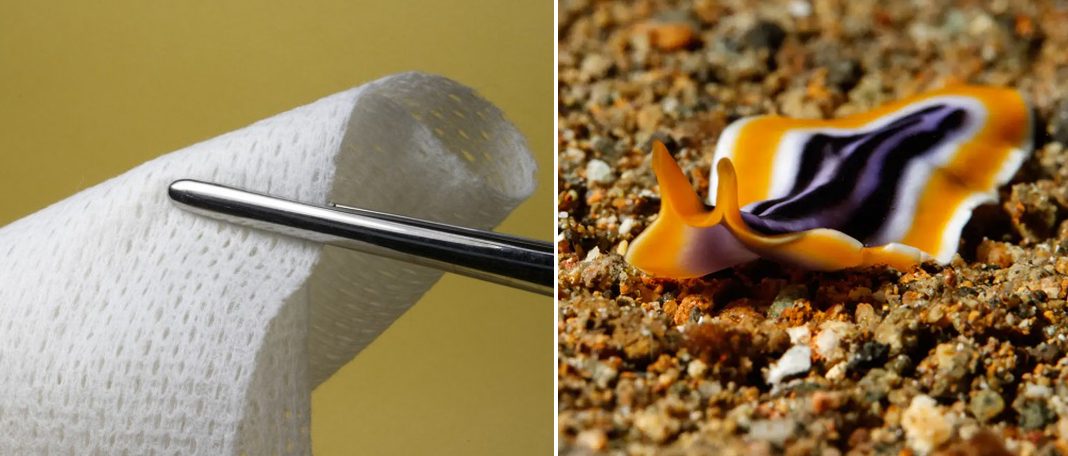What is a flatworm?
Flatforms are soft-body invertebrates. The body is usually flattened and bilaterally symmetrical. The biological structure is triploblastic (made up of three fundamental cell layers). They don’t have any body cavity, except for the gut. They have a single opening for food intake and waste excretion.
They respire through the process of diffusion. Flatworms like planarians, flukes, and tapeworms were studied by researchers for their medicinal usage. Flatworms benefit the ecosystem by playing an important part in regulating the food chain.
Platyhelminthes
‘Platyhelminthes’ is the flatworm medical terminology. This flatworm medical term is derived from the Greek, platy meaning ‘flat’ and helminth meaning ‘worm’.
What is hemorrhage?
Hemorrhage is acute blood loss from damaged blood vessels. This can be internal and external. This condition has to be administrated immediately. This emergency condition can become lethal also, when not treated in time. Around 2 million people die from hemorrhaging or blood loss each year worldwide. 30% are trauma deaths due to uncontrolled hemorrhaging.
In most cases, the blood loss is tried to stop by compressing the affected body part. But some wounds, like in the torso, cannot be compressed. Because this can lead to adverse effects.
Doctors apply pressure to the wound to stop the bleeding, proceeding with medical glue to seal the wound. In some cases, it is too bloody for medical glue.
Researchers from McGill University (Canada’s top-ranked medical doctoral university) inspired by the structure of marine animals like mussels and flatworms designed a medical adhesive. This will help save many lives. They have named the adhesive ‘liquid-infused microstructured bioadhesives’ or LIMB.
“When applied to the bleeding site, the new adhesive uses suction to absorb blood, clear the surface for adhesion, and bond to the tissue providing a physical seal. The entire application process is quick and pressure-free, which is suitable for non-compressible hemorrhage situations, which are often life-threatening,” – said the lead author Guangyu Bao (Ph.D. student) under the supervision of Professor Jianyu Li.
Inspired by nature
In nature, marine organisms like flatworms attach to bio-decomposed surfaces underneath the water. This is possible because of the sheath formed by microstructural architecture and infused liquid. For example, mussel plaques with microporous structures and flatworms with channel glands process the storage and delivery of adhesive liquids.
How it works
Let us see how the flatworm blood loss treatment works. The bioadhesive sticks to the open bloody surface of the wound. After the application, the adhesive uses suction to absorb blood, clearing the surface for grip and sticking to the tissue. A physical seal is created in the opening as the result of coagulation.
“Our material showed much better-improved safety and bleeding control efficiency than other commercial products. Beyond bleeding control, our material could one day replace wound sutures or deliver drugs to provide therapeutic effects,” says McGill bioengineer Professor Jianyu Li.
Implementation
The technology of flatworm blood loss treatment may be new to the medical field. This is still not under clinical trials. Researchers are onto it. Hopefully, this will help in saving lives from hemorrhaging or severe blood loss in emergencies or during surgery.
Flatworm Medicinal uses
Some of the other medical areas where the structure and biological construction of flatworms used under study are as follows,
Reliable alternate for screening (skin test)
Study of the Nervous system
Tissue maintenance and organ regeneration and more.
Future of Flatworm Blood Loss Treatment
May it be not under clinical trials, but this adhesive treatment will swirl around in the field of surgery and emergency administration in future without any doubt.

















